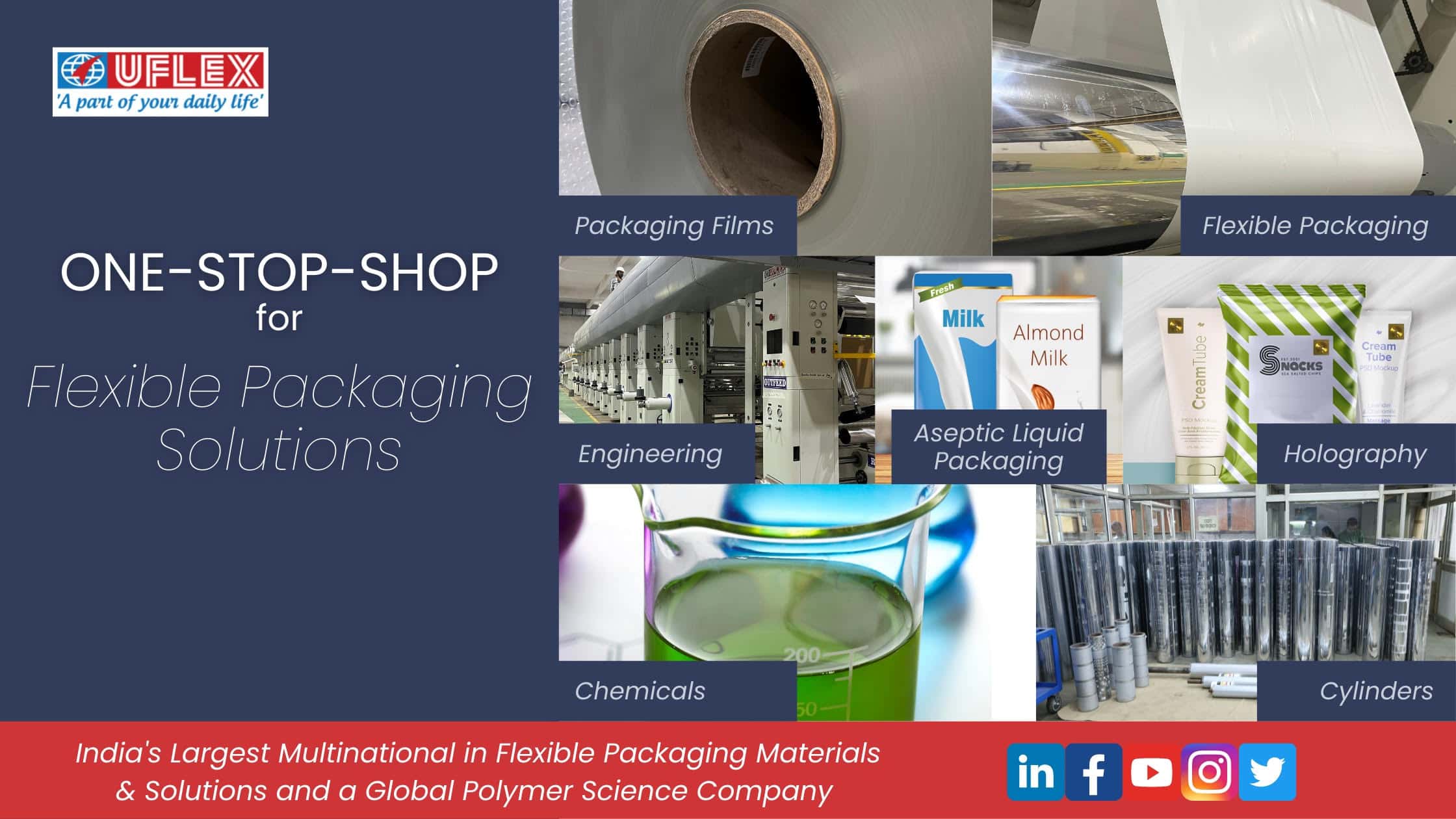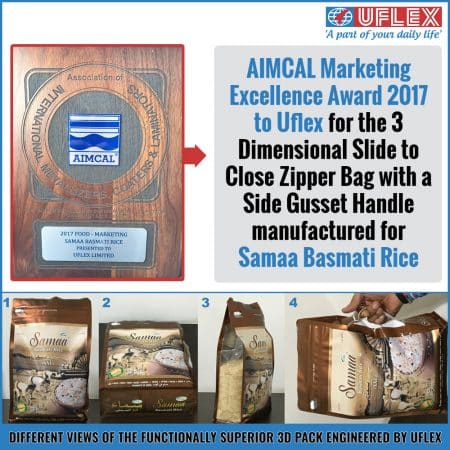Over the past decade flexible packaging has emerged as arguably the most dynamic and innovative of packaging formats. As a sector which is broadly resistant to economic cycles, the global flexible packaging market has been growing by around 5% per annum, reaching around $76 billion in 2013. By far the most dynamic individual markets have been China and India, currently growing by around 12% and 18% per annum respectively in value terms. Total demand for flexible packaging in India two-tiered flexible market in 2013 approached USD 4.6 billion, representing 6% of world flexible packaging sales. (F&B Q&A)
Flexible Packaging and The F&B Industry:
In the past few years the Indian food industry has grown from strength to strength. India comes second to China as food producer with a potential of being number one in the world. Packaged food has become the new preferred source of consumption especially in the urban areas. Packaged food saves both time and energy consumed in cooking a full blown meal from scratch.
Flexible Packaging contains multi layered laminated sheets of single or a combination of substates such as plastic, paper or aluminium foils. It provides strength, moisture, resistance, aroma, retention, gloss, printability, low odour and better brand positioning as compared to rigid packaging.
Flexible Packaging fulfils the diverse role from protecting products, preventing spoilage, contamination, extending shelf life, ensuring safe storage thereby helping to make them readily available to consumers. Different norms are to be followed in food and beverage packaging in different regions in the world such as Food Packaging in Europe should be in compliance with European Union regulations on labelling of food items. In United States, food packaging should be in compliance with USFDA directives and in India, the food packaging norms need to comply with the FSSAI. (F&B Q&A).
Around the world, 50% of total packaging production is used up by the food sector. This sector has also benefitted from innovations and improvisations in packaging quality and design. The industry has witnessed trends where simple pre-packaging has given way to technologies like vacuum packaging, gas flush packaging, CAP/MAP (Modified-Atmosphere Packaging / Controlled-Atmosphere Packaging), smart and intelligent packaging, retort and asceptic systems, barcoding and RFID (Radio-Frequency Identification) etc.




